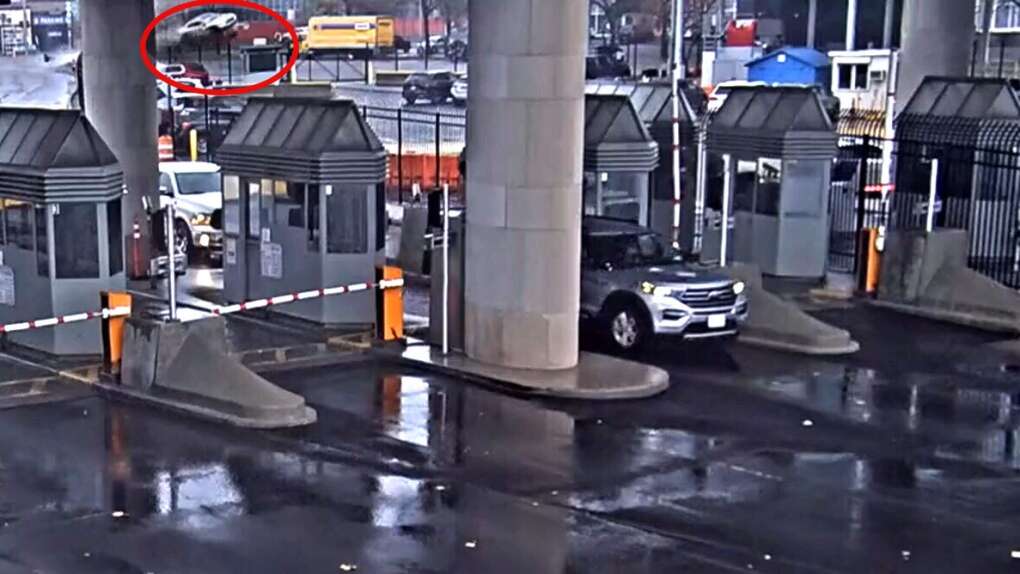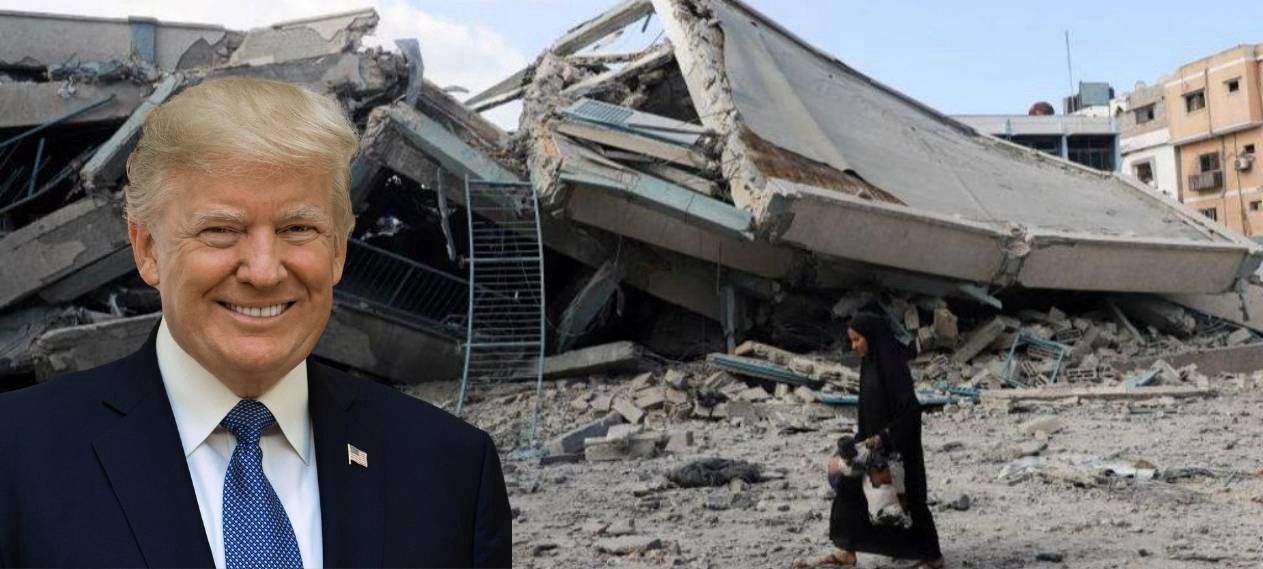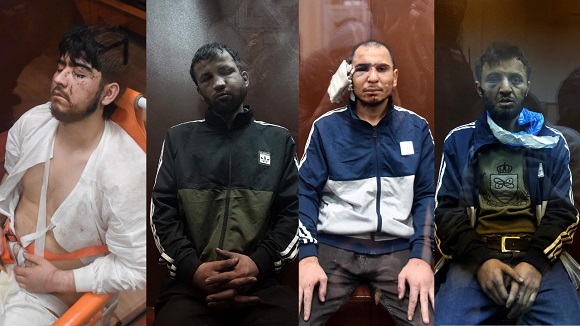The U.S. military conducted airstrikes on three key Iranian nuclear facilities—Fordo, Natanz, and Isfahan—marking a significant escalation in the ongoing conflict between Israel and Iran.
President Donald Trump announced the strikes, claiming they “completely and totally obliterated” Iran’s nuclear enrichment capacity, though Iranian officials disputed the extent of the damage, stating the facilities were not irreversibly harmed and no radioactive contamination occurred.
The U.S. used B-2 stealth bombers and Tomahawk missiles, targeting sites critical to Iran’s nuclear program, with Israel coordinating closely.
Trump warned Iran against retaliation, threatening further strikes if peace was not achieved quickly.
Despite these warnings, Iran launched ballistic missiles at Israel, wounding at least 10 to 16 people, according to Israeli authorities. Air-raid sirens sounded across Israel, and the Israeli military intercepted many projectiles, though some caused damage in cities like Haifa.
Iran’s Foreign Minister Abbas Araghchi condemned the U.S. attacks, reserving “all options” for retaliation, while Iranian state media downplayed the strikes’ impact.
The conflict, now in its ninth day, began with Israeli strikes on Iran on June 13, aimed at dismantling its nuclear and military capabilities.
The U.S. intervention has sparked debate domestically, with some Republicans like Senators Lindsey Graham and Ted Cruz supporting the strikes, while Democrats like House Minority Leader Hakeem Jeffries criticized Trump for bypassing Congress and risking a broader war. Iran’s weakened proxies, such as Hezbollah and Hamas, limit its retaliatory options, but threats from Iranian-backed groups like Yemen’s Houthis suggest potential attacks on U.S. interests.
The situation remains volatile, with fears of a wider regional conflict looming.





